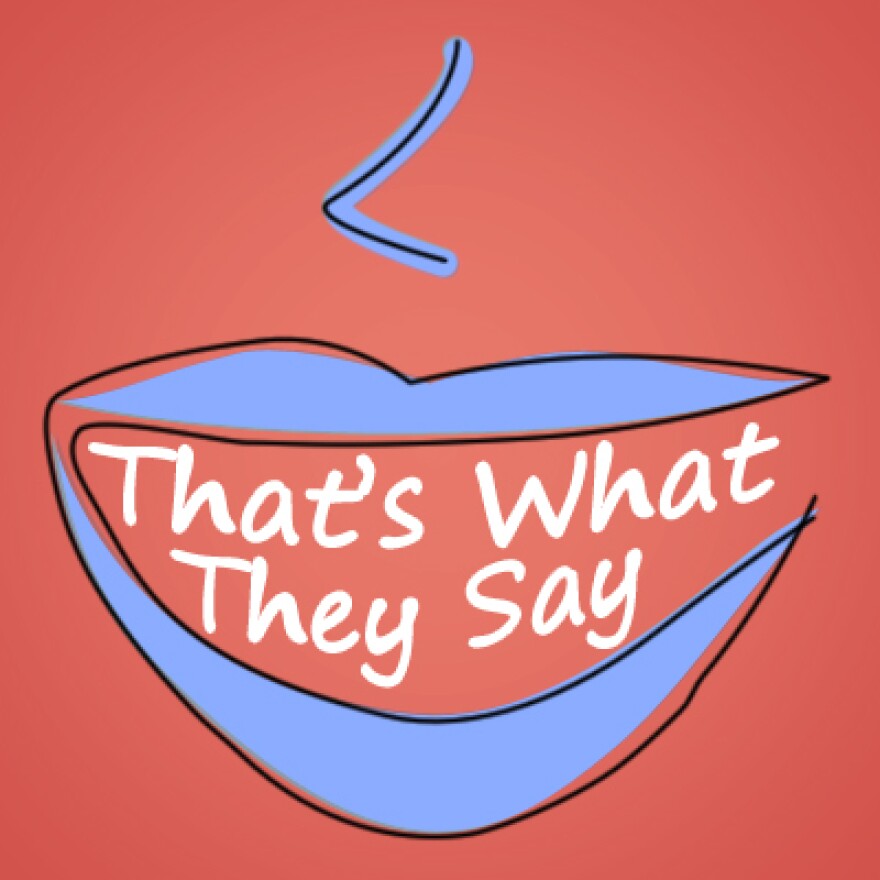Expletives may be considered uncouth, but we have to give credit where credit is due: They can also be pretty darn creative.
Anne Curzan, an English Professor at the University of Michigan, joins Michigan Radio’s Rina Miller once again to help us better understand one of the most prismatic examples of colorful language: the holy moly.
The holy in “holy moly!” isn’t quite the same usage that we see in, say, the “Holy Bible” or “the High Holy Days.”
“This use of holy is what the Oxford English Dictionary calls the trivial use of holy,” says Curzan. “This starts to happen in the 19th century in English, this trivialization of use. And one of the first examples is ‘holy horror!’”
Curzan found that holy was increasingly used in phrases to express shock, surprise, and even a touch of irony.
“In the mid-19th century you get ‘holy Joe,’ which was a reference to any religious leader,” says Curzan. “[Later], ‘holy Willy’ was a hypocritically religious person. And then [you get] a ‘holy terror.’”
While many of these expressions are obsolete, “holy terror” hasn’t quite left us.
“You can describe a person as a ‘holy terror,’” says Curzan
“Usually children, I think,” says Miller.
According to Curzan, the series of euphemistic expletives that we know and love started to appear at the end of the 19th century.
“An early one of these is ‘holy Moses,’” says Curzan. “And there’s a good chance that some of the other ones are ways to avoid saying ‘holy moses.’ Or something like ‘holy mackerel,’ which shows up in the late 19th century. The theory is that this was a way to avoid saying ‘Holy Mary.’”
Other examples include “holy smokes” and, of course, “holy moly.” Curzan found that both substituted for “holy Moses,” which some folks found a bit too curse-like.
“You’ll see they still have the same vowel. They still have that ‘m,’” says Curzan.
In the 20th century, holy expletives took on a life of their own and made many appearances in pop culture. This brings us to the most famous holy of them all: “holy cow.”
“Harry Caray, the baseball announcer for the St. Louis Cardinals, Cubs, White Socks, and A’s, used that as his trademark,” says Curzan.
By the mid-20th century when “holy cow” entered baseball lexicon, holy expletives could consist of pretty much any word you might want to insert after “holy.” This trend was taken to new heights by Robin in the Batman television series.
“[Robin’s] expression was, ‘holy something, Batman! What do we do now?’” says Curzan. “And there are wonderful websites with all the things Robin would put there.”
Holy damsels, holy weird riddles, holy floats-like-a-butterfly-and-stings-like-a-bee, the list goes on. And holy radio antennae, but that’s enough holy expletives to last a lifetime.





